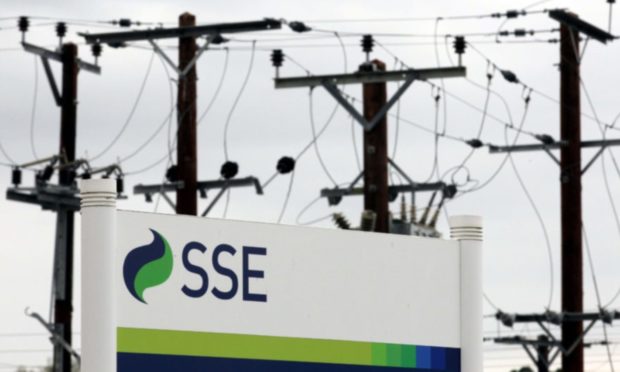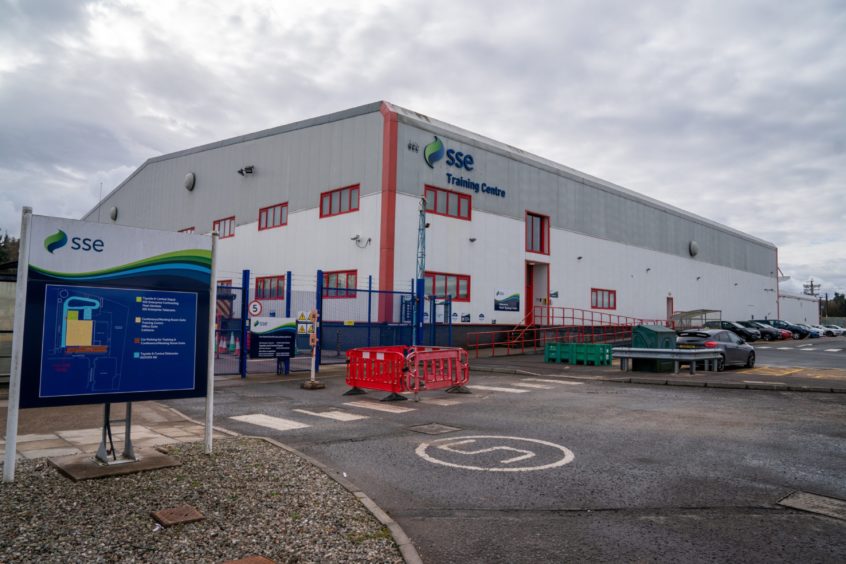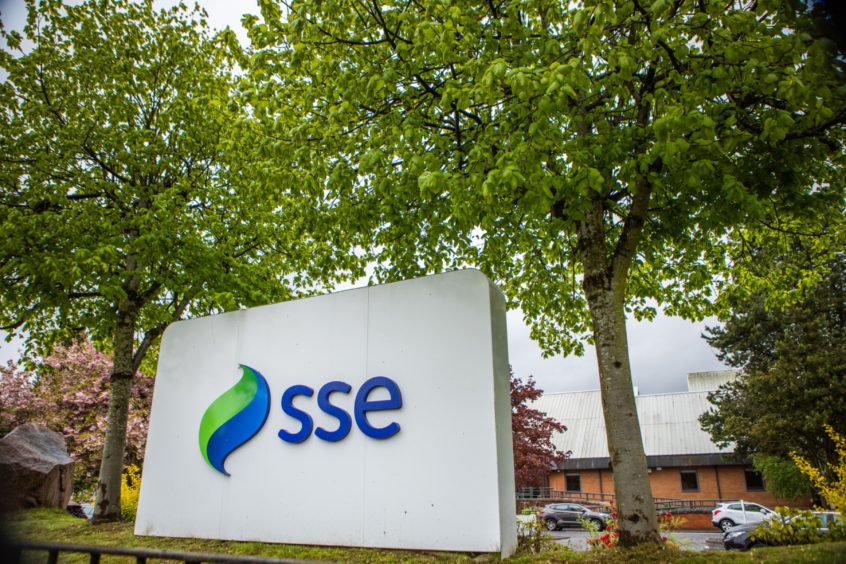Perth-based energy giant SSE has revealed it has added 1,000 staff since the start of the pandemic.
It expects to increase this number in 2021-22 as it plans to invest £2 billion in low carbon power projects.
SSE saw profits rise slightly as it continued its transformation away from energy supply and to production of electricity.
The company said adjusted operating profit rose 1% to just over £1.5bn.
SSE took a £170 million hit from the Covid-19 pandemic – towards the lower end of what previous guidance to shareholders.
SSE sells retail arm to Ovo
It comes a little over a year since SSE sold its retail arm to Ovo Energy and stop selling gas and electricity to households.
Ovo subsequently started a redundancy process with its Perth-based workforce.
SSE is now setting out a future as a renewable energy producer. It plans to add one gigawatt of new production a year in the second half of the 2020s.
Bosses said they expect to exceed the target of trebling renewable output by 2030.
They pointed towards international wind power, carbon capture and storage, and hydrogen as some of the areas that the company could grow.
Among its key projects is the Seagreen wind farm off the coast of Angus. The £3bn renewables project is a joint venture with Total.
Net Zero opportunities
“A strong balance sheet, underpinned by world-class assets, gives us a firm footing from which to capitalise on the considerable future growth opportunities we are creating in the transition to net zero,” said chairman Sir John Manzoni.
“We have also made significant progress on our non-core disposals programme, creating value for shareholders while continuing to sharpen the group’s strategic focus on its low-carbon electricity core in networks and renewables.”
Hargreaves Lansdown analyst William Ryder said that SSE is still reliant on its legacy businesses to help fund the transition and continue to pay a dividend, which rose slightly to 81p per share.
“SSE is continuing its drive to become a renewable energy giant,” Mr Ryder said.
“Combining electricity distribution networks with renewable generation continues to look like a shrewd strategy,” Mr Ryder said.
“At the moment the group is investing heavily and continual portfolio shuffling obscures some underlying trends.
“But the group looks to be at the forefront of an important trend towards renewables.
“If execution continues to be up to standard, a very attractive utility could emerge in the years ahead.”



